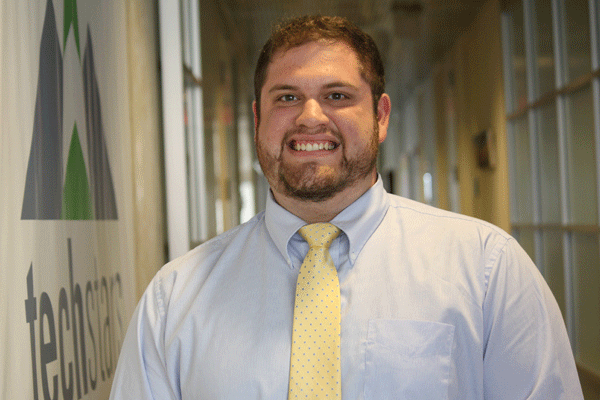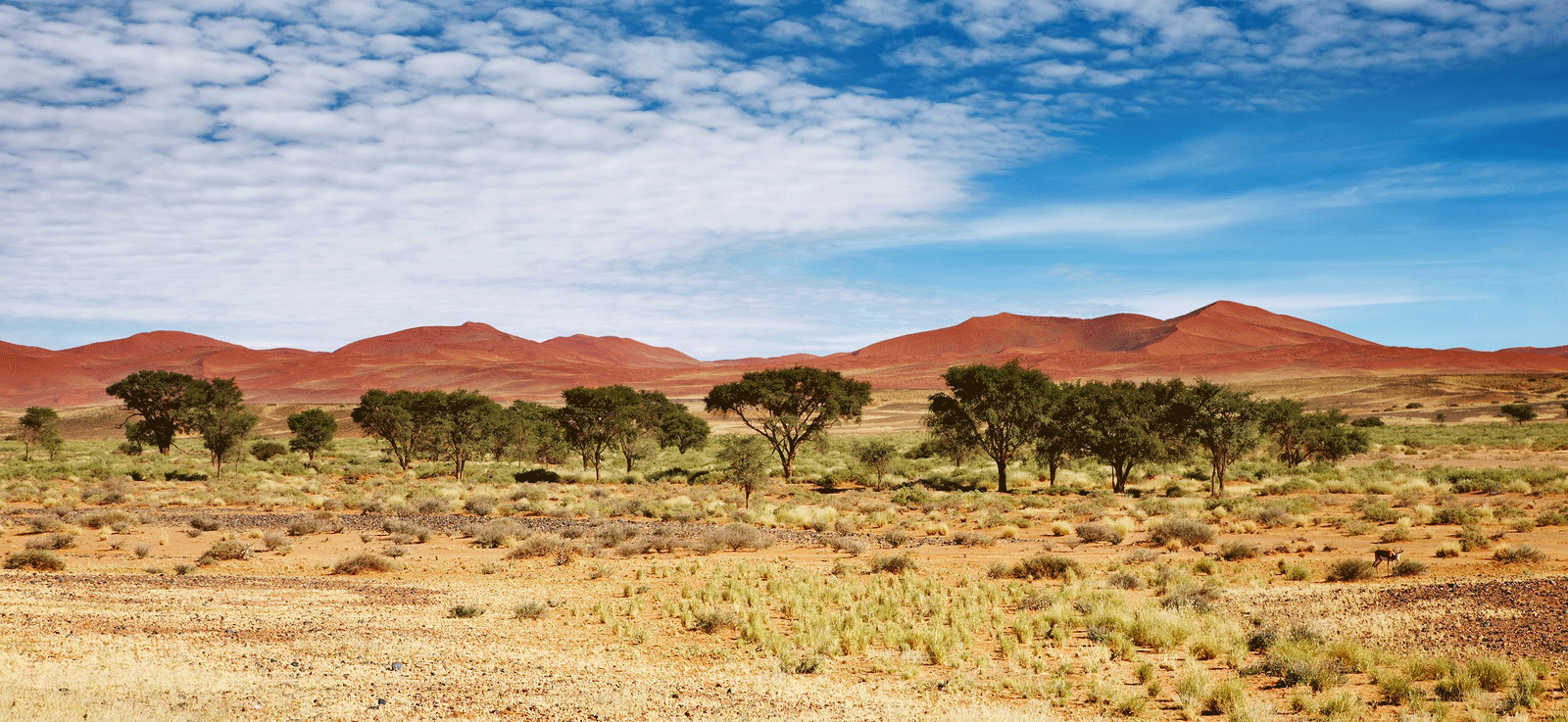Mimicking a Beetle to Bring Water to the People
Air Date: Week of November 16, 2012

The Namib Desert beetle (stenocara gracilipes) (Photo: Moongateclimber/Wikipedia Commons)
A small start up company, inspired by a desert beetle, is using nano technology to develop a self-filling water bottle. Deckard Sorensen, co-founder of NBD Nano, tells host Steve Curwood how studying the Namib Desert Beetle helped them to develop new technologies for collecting water.
Transcript
CURWOOD: Well, the lessons of nature have paid off in some remarkable products already – think airplanes, or Velcro, for example. And a unique water harvesting beetle inspired one of Professor Frankic's former students, Deckard Sorensen, to start a business.
SORENSEN: This beetle, the Namib desert beetle, lives in an area of the world that only gets half an inch of rainfall per year. However, every morning this beetle climbs to the top of a sand dune, sticks its back to the wind, and drinks 12 percent of its weight in water. So, we use nanotechnology to mimic this beetle’s back so that we too can pull water from the air.
CURWOOD: Tell me, what exactly are the physics here, how does it get water out of the air?
SORENSEN: It has super-hydrophobic and super-hydrophilic regions of water on its back. And micro droplets condense on these super hydrophilic regions, or water-loving regions, these micro droplets outgrow the ridge, and hit the water-hating region and aggregate all of the other droplets downwards.
CURWOOD: So, what did you take about what you learned from the Namib beetle and turn it into a business?
SORENSEN: We realized that if we can use air as a primary source of water, and realize that there are 3.9 quadrillion gallons of water in the earth’s atmosphere and that we can somehow have a way to tap into one of the largest reservoirs of water, and that being the air.

Deckard Sorenson is co-founder of NBD Nano. (NBD Nano)
CURWOOD: Tell me exactly what you do here - I understand that you have nanotechnology involved.
SORENSEN: Basically we apply this in a surface coating and use a fan to pass the air from the environment through, expose this air and clean this air, and pass it over our surface coatings, and the moisture that is in the air is extracted.
CURWOOD: So, you’d have a self-filling water bottle, then, huh?
SORENSEN: Ah, yes, that’s our end goal. To create a re-usable water bottle that fills itself. And we see this being applicable to anything from marathon runners to people in third world countries, because we realize that water is such a large issue in the world today, and we want to try to alleviate those problems with a cost efficient solution.
CURWOOD: Now, what about plants that would need more water than is available, how might this system work for them?
SORENSEN: We’re actually investigating a type of device that can be used for drip irrigation. And we are looking to incorporate this in greenhouses or green roofs in the immediate future, and then later on, we’re looking to see how far we can really scale this up to supply maybe farms or larger agricultural goals.
CURWOOD: So, how much energy is required to keep this system going? You say you have to blow the air over your special nanomaterial.
SORENSEN: It’s very low energy. I can’t give you a direct number right now but it’s low enough though that we’ve run all of our tests off solar panels and by use of a rechargeable battery.
CURWOOD: What’s fascinating about your technology, is that the energy comes from moving the air, so something moving like a car or a sailboat might be able to extract water with no really additional energy costs.
SORENSEN: Yup. We actually see the maritime environment as really a very large market for us because humidity is actually constantly regenerated over a large body of water and then we can pull that humidity from the air to support people who possibly take long trips on yachts, or provide a sort of potable water source that can be run off a solar panel while at sea.
CURWOOD: So, how much water can you make using this technology?
SORENSEN: The metric of our surface coating is about three liters per square meter per hour, and that is based off 70 degrees Fahrenheit and 75 percent relative humidity.
CURWOOD: So, what’s your running time for getting your beetle-inspired water systems up and running? When can I get a self-filling water bottle?
SORENSEN: We are raising our seed round of financing right now, and we expect to be in the market sometime mid-2014.
CURWOOD: Deckard Sorensen is a recent graduate of Boston College, and co-founder of NBD Nano. Thank you so much, Deckard!
SORENSEN: Thank you for having me.
Links
Living on Earth wants to hear from you!
Living on Earth
62 Calef Highway, Suite 212
Lee, NH 03861
Telephone: 617-287-4121
E-mail: comments@loe.org
Newsletter [Click here]
Donate to Living on Earth!
Living on Earth is an independent media program and relies entirely on contributions from listeners and institutions supporting public service. Please donate now to preserve an independent environmental voice.
NewsletterLiving on Earth offers a weekly delivery of the show's rundown to your mailbox. Sign up for our newsletter today!
 Sailors For The Sea: Be the change you want to sea.
Sailors For The Sea: Be the change you want to sea.
 The Grantham Foundation for the Protection of the Environment: Committed to protecting and improving the health of the global environment.
The Grantham Foundation for the Protection of the Environment: Committed to protecting and improving the health of the global environment.
 Contribute to Living on Earth and receive, as our gift to you, an archival print of one of Mark Seth Lender's extraordinary wildlife photographs. Follow the link to see Mark's current collection of photographs.
Contribute to Living on Earth and receive, as our gift to you, an archival print of one of Mark Seth Lender's extraordinary wildlife photographs. Follow the link to see Mark's current collection of photographs.
 Buy a signed copy of Mark Seth Lender's book Smeagull the Seagull & support Living on Earth
Buy a signed copy of Mark Seth Lender's book Smeagull the Seagull & support Living on Earth


